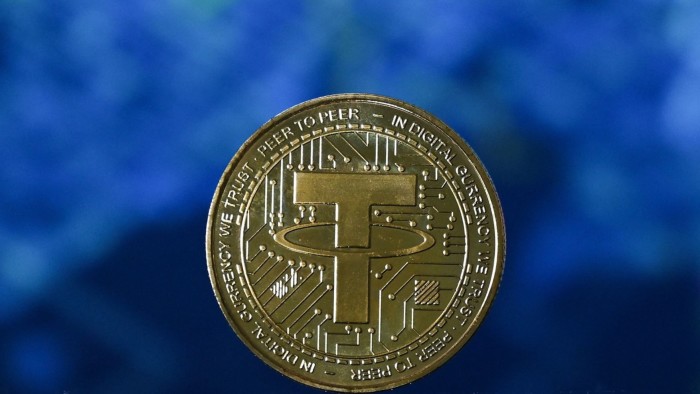Unlock the White House Watch newsletter for free
Your guide to what Trump’s second term means for Washington, business and the world
Top central bankers have delivered a scathing assessment of stablecoins, saying they “perform badly” on key requirements for being widely used as money, disavowing US President Donald Trump’s push to make them a pillar of mainstream finance.
The Bank for International Settlements said stablecoins fail the three main tests of any money because they are not backed by central banks, lack sufficient guardrails against illicit usage and do not have the flexibility of funding needed to generate loans.
Stablecoins are designed to act as a bridge between volatile crypto assets such as Bitcoin and traditional monetary systems by tracking the value of fiat currencies with one-for-one backing in safer assets such as government bonds and money market funds.
Their creators boast that by transferring money over the internet, they are more efficient than international bank transfers. However, the fact that they can be held anonymously has made them popular with crypto traders and a conduit for crime including drug trafficking and money laundering.
Hyun Song Shin, head of the BIS monetary and economic department, told reporters that stablecoins carried the risk of rapid withdrawals by investors. “It’s really asking, if there are such redemptions in the stablecoin space, what would be the consequences,” he said.
Governments in the US and UK are introducing regulatory frameworks for stablecoins in response to their growing usage. There are about $250bn in circulation already, dominated by dollar-based tokens such as Tether and Circle’s USDC.

Since Trump won last year’s presidential election with a pledge to “make the US the crypto capital of the world”, his administration has revoked many Biden-era restrictions on crypto usage. The president is also a backer of World Liberty Financial, a cryptocurrency group with its own stablecoin USD1.
The BIS, the forum for the world’s main central banks, said in a chapter from its annual economic report released on Tuesday: “While stablecoins’ future role remains uncertain, their poor performance on the three tests suggests they may at best serve a subsidiary role.”
Stablecoins “have been the go-to choice for illicit use to bypass integrity safeguards”, the report said, pointing out that they lack the “know-your-customer” controls of traditional finance.
It found they “fare poorly” in the settlement function of money due to their lack of backing by central banks, which act as lenders of last resort in a crisis.
“Stablecoins often trade at varying exchange rates, undermining singleness,” it said. “They are also unable to fulfil the ‘no questions asked’ principle of bank-issued money.”
Due to their need to always be backed by an equivalent amount of assets, they also do not have the “elasticity” that allows banks to create extra money by granting loans, the BIS said.
“Any additional issuance requires full upfront payment by holders, which undermines elasticity by imposing a ‘cash-in-advance’ constraint,” it added.
Warning that “loss of monetary sovereignty and capital flight are major concerns, particularly for emerging market and developing economies”, the BIS said bank-issued stablecoins “may introduce new risks, depending on their legal and governance arrangements”.
The body believes it would be better to create a centralised database of tokenised deposits of central banks and commercial banks to speed up and cut the cost of cross-border payments.
It is trialling such a system with seven major central banks and 43 commercial institutions, called Project Agorá.

“Society has a choice,” the BIS said. “The monetary system can transform into a next-generation system built on tried and tested foundations of trust and technologically superior, programmable infrastructures.”
“Or society can relearn the historical lessons about the limitations of unsound money, with real societal costs, by taking a detour involving private digital currencies that fail the triple test of singleness, elasticity and integrity.”
https://www.ft.com/content/0beb0276-e991-429c-9af4-4c994f824297


